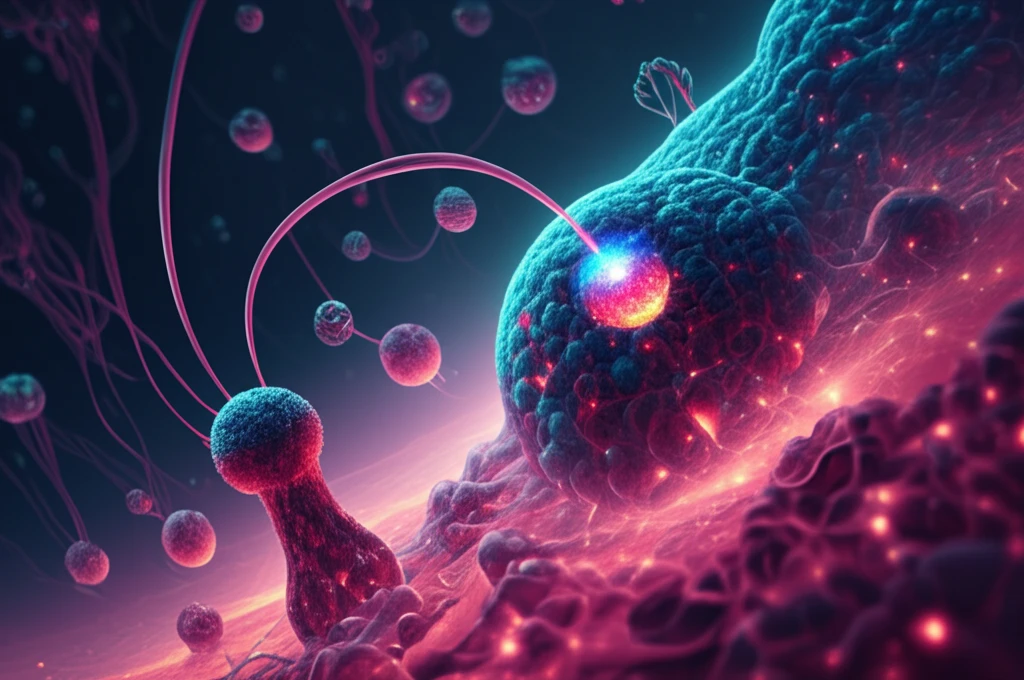
Unlock Your Body's Potential: How Kinase Research is Revolutionizing Stem Cell Therapy
"Delve into the groundbreaking methods used to identify kinases that regulate embryonic stem cell pluripotency and understand how this impacts regenerative medicine."
Embryonic stem cells (ESCs) hold immense promise in regenerative medicine due to their unique ability to both self-renew and differentiate into any cell type in the body, a phenomenon known as pluripotency. This dual capacity makes them invaluable for repairing damaged tissues, understanding developmental biology, and even creating personalized treatments for diseases. However, harnessing the full potential of ESCs requires a deeper understanding of the mechanisms that govern their fate.
Recent studies have identified distinct pluripotent states, termed 'naïve' and 'primed,' each characterized by different gene regulatory networks and developmental potential. Naïve ESCs, resembling cells in the pre-implantation embryo, possess a higher degree of pluripotency, while primed ESCs are poised to differentiate into specialized lineages. Understanding and controlling the transition between these states is crucial for directing ESCs towards specific therapeutic outcomes.
One area of particular interest is the role of protein kinases, enzymes that regulate a wide array of cellular processes, including cell growth, differentiation, and apoptosis. Despite their importance, our understanding of the specific kinases that govern the transition between naïve and primed pluripotency remains limited. This is where innovative research methods, such as high-throughput inhibitor screening, come into play, offering a scalable and efficient way to identify key kinase regulators and unlock new possibilities for stem cell therapy.
The Kinase Connection: Unveiling Pluripotency Regulators

The study detailed in the research paper introduces a streamlined, quantitative platform designed to identify kinases that play a crucial role in the transition between naïve and primed pluripotent states in mouse ESCs (mESCs). This platform leverages targeted small molecule screens, allowing researchers to systematically evaluate the impact of various kinase inhibitors on pluripotency. By using simple mESC culture conditions and standard laboratory equipment, the approach is accessible and scalable, making it a valuable tool for researchers in various settings.
- Culturing mESCs under controlled conditions.
- Applying a library of kinase inhibitors.
- Analyzing changes in Nanog and Dnmt3b expression.
- Validating identified inhibitors through further testing.
Future Horizons: Expanding the Potential of Stem Cell Research
The methodology described in this study opens up exciting avenues for future research. By expanding the screening approach to include other small molecule collections, such as epigenetic probes, researchers can delve deeper into the intricate regulatory networks that govern pluripotency. This could lead to the identification of novel therapeutic targets and the development of more effective strategies for directing stem cell fate in regenerative medicine.
